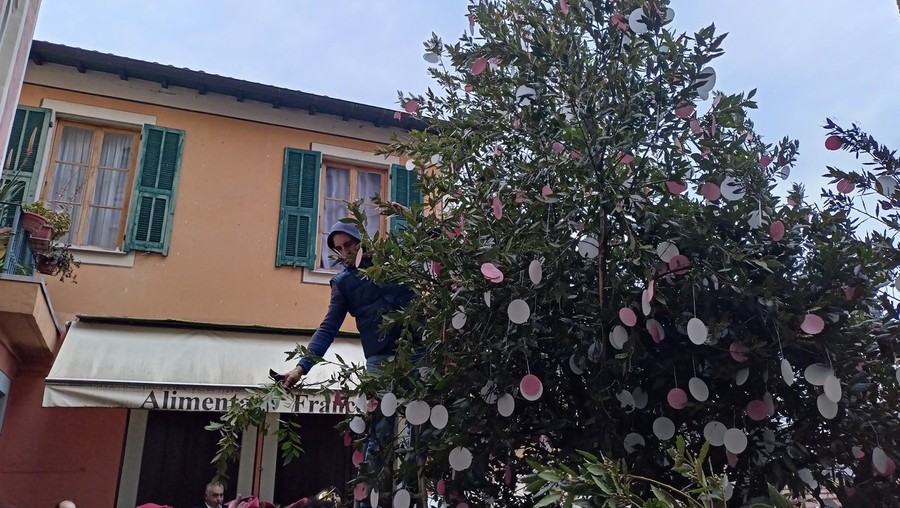The Riviera of Flowers between History and Legends
The Riviera of Flowers between History and Legends
In the Riviera of Flowers tales and legends are woven into tradition along with the thousand-year history of the villages. Witches and spirits lurk among the narrow streets, whilea princess rules in the palaces…
San Benedetto, the Taggia festival
Spring in Taggia announces its arrival in February with San Benedetto, a custom whose origins are debatable: maybe it was a pagan festival to mark the change of seasons, perhaps it was an event connected to the Saracen raids of the tenth century. In fact it seems that Benedetto Revelli, future bishop of Albenga, wanting to ward off the danger coming from the sea, suggested lighting bonfires to deceive pirates into thinking the town had already been attacked. Actually Taggia was saved, and it happened again in 1625 during the 30 Years War, as a result of the intervention of San Benedetto Revelli, or at least thus goes the legend.
The Taggia parliament therefore established the rule that the city had to celebrate in honour of the saint every 12 February. And so every year the entire population of the town celebrates the anniversary with bonfires, with great passion and excitement. The festival is crowned by a sumptuous and magnificent historical procession, complete with authentic costumes which takes Taggia back to relive the Medieval era.
The gastronomic delights of the area play an important part during the festival of San Benedetto. Among these are traditional sweets made especially for
the occasion and canestrelli made with olive oil, a typical speciality of Taggia.
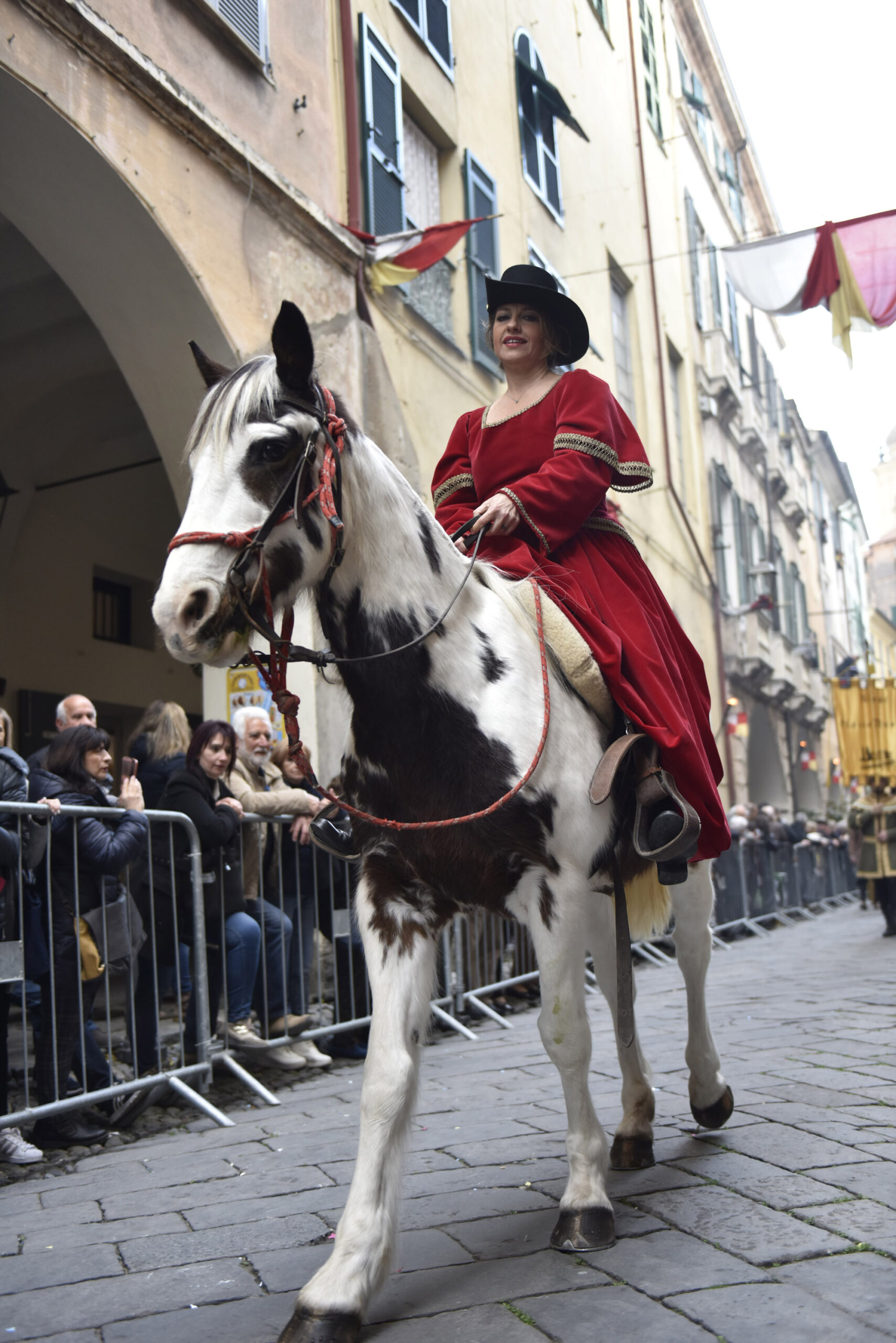
The Dance of Death
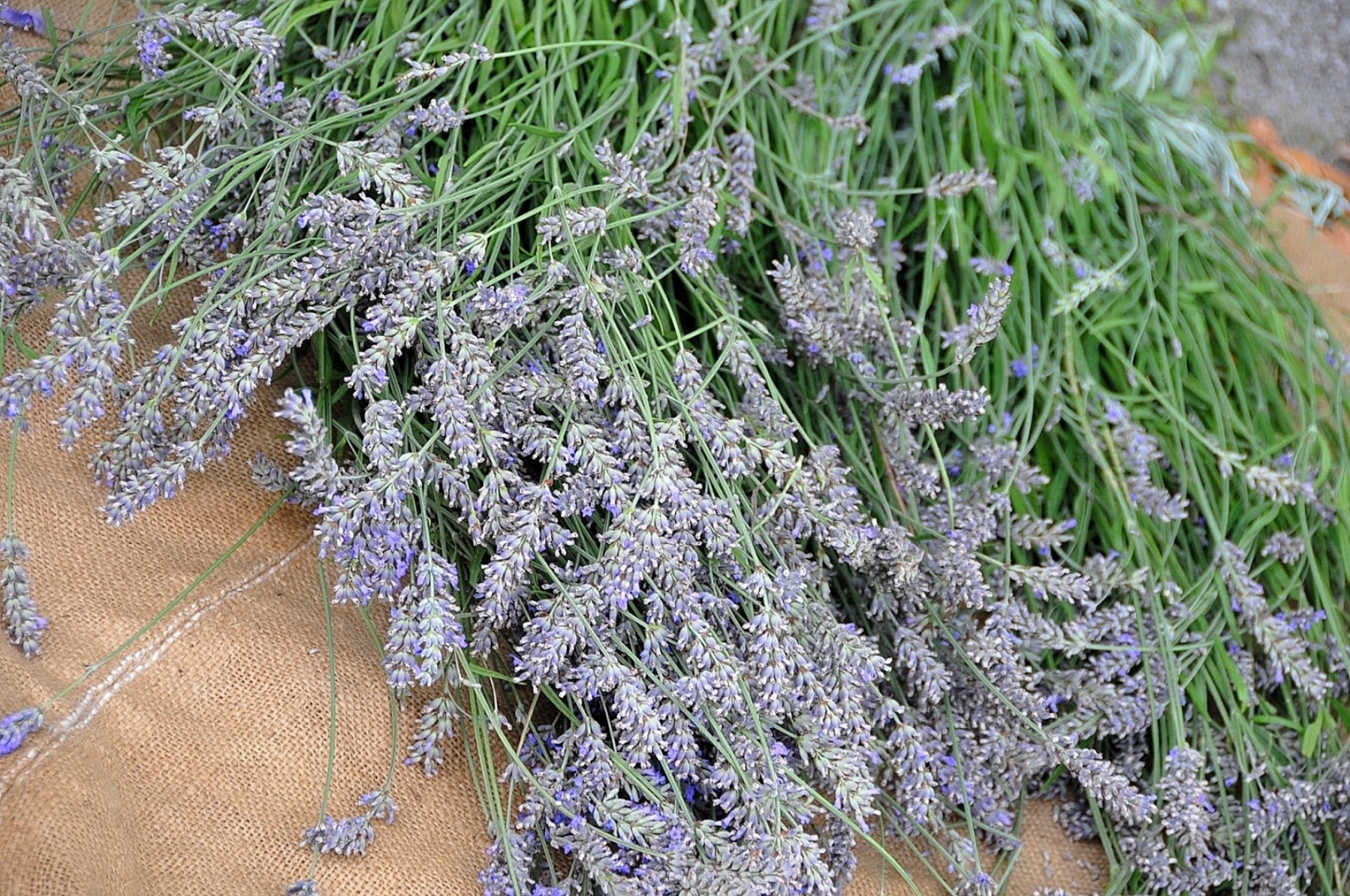
Another very ancient festival takes place in Taggia, the Dance of Death, connected to the Maddalenanti brotherhood.
History and legend go hand in hand at Santa Maria Maddalena on 22 July: the celebration involves a laden table but especially a mise-en-scène between comrades – all men, natives of Taggia – who perform a dance.
This is a courtship dance between a man and a woman during which she suddenly dies.
Covered by lavender, in memory of the spikes of wheat of the harvest, the young woman comes back to life and the party can resume with joy: the natural order of the changing seasons, alternating between life and death, the same with men as with fields, has been restored.
Seborga: the thousand year history of a principality
Reality or media gimmick? The truth about the principality of Seborga is half way between one and the other. At the end of the tenth century the abbot of the Benedictine monastery of Lerino bought the fiefdom of Seborga from the Count of Ventimiglia. It became a principality of the Holy Roman Empire until it was acquired by Vittorio
Amedeo the Second in 1729. It seems however that this purchase was never registered: Seborga would therefore still be an independent principality. On the strength of the coins stamped by the Benedictine mint ( “luigini”, some of which survive at the Bicknell Museum in Bordighera), and the strange thousand year old history, Seborga lightheartedly continues
to promote its cause and, other than stamps, even boasts its own princess.
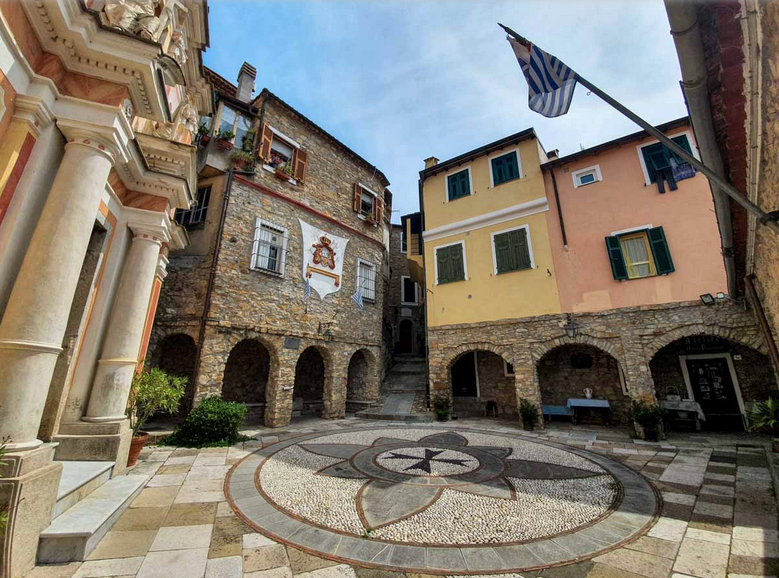
Triora and its witches
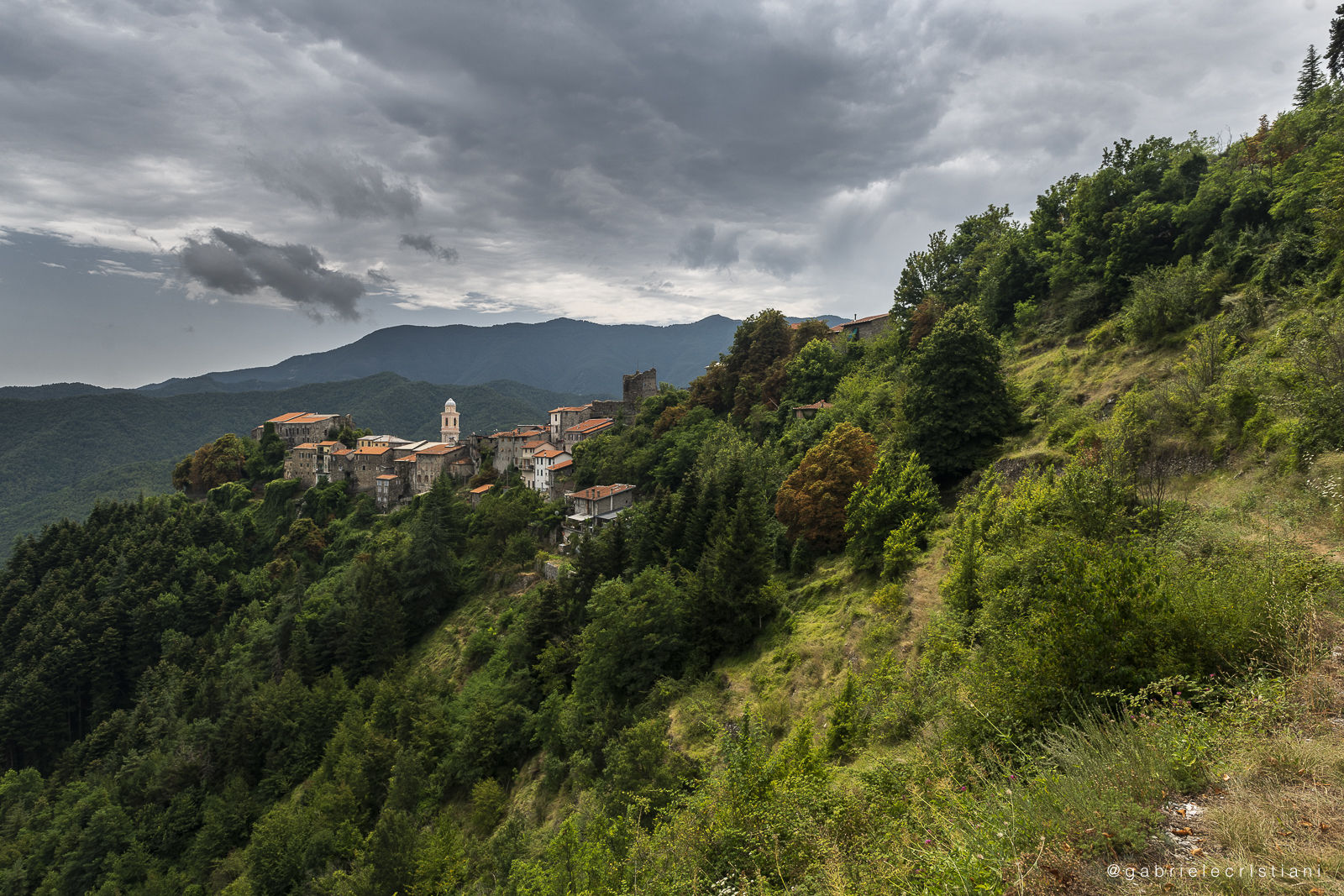
Deep alleys, dark, stony: Triora is perfect for imagining scenes connected to witchcraft.
But it is not only imagination that has created the stories that link this village in the high Valle Argentina to witches. Here, in 1588, a bloody trial involving witches was conducted by the Tribunal of the Inquisition. Absurd activities were reported and were punished by chilling tortures which caused the death of many women. Today the Triora Museum alternates its ethnographic and ethno-historical sections with a path dedicated to witchcraft, while the Cabotina (witches house), where the legend says the basure, the witches, were found, overlooks the captivating valley that surrounds the village.
The history of Dolceacqua michetta
Everything inspires legends among the ancient stones of the villages of the Val Nervia. At Dolceacqua the most famous local folklore story is the one that concerns Lucrezia, the young wife stolen from her lover by the ius primae noctis law imposed by the local lord. Refusing this imposition, the girl was imprisoned in the castle where she died, but in homage to her the entire village rose up against the lord and ended the infamous tradition. The event is honoured with a local sweet, the michetta, with which the story of the emancipation of Lucrezia is remembered every summer.
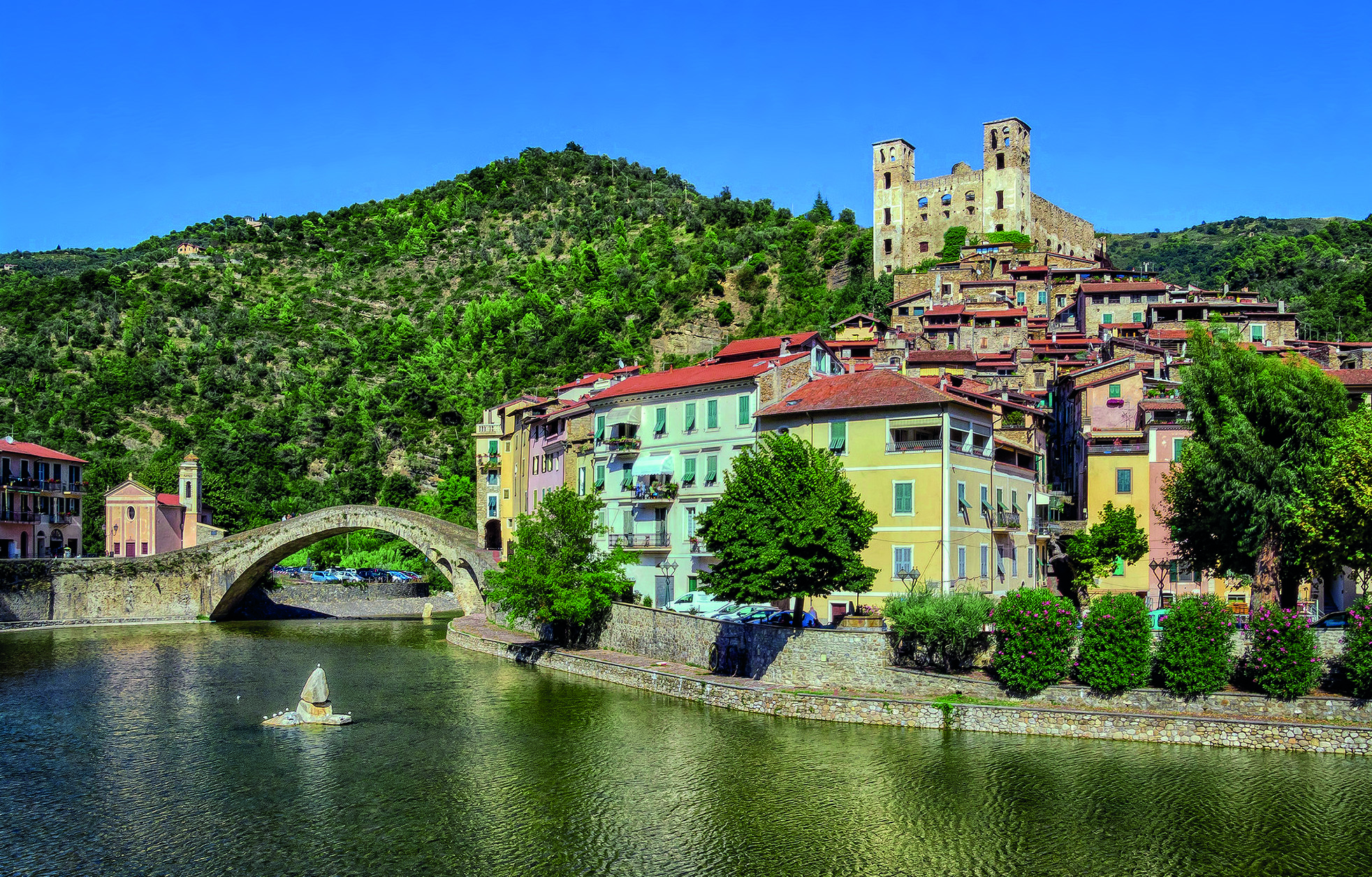
Bajardo and the ancient Ra Barca festival
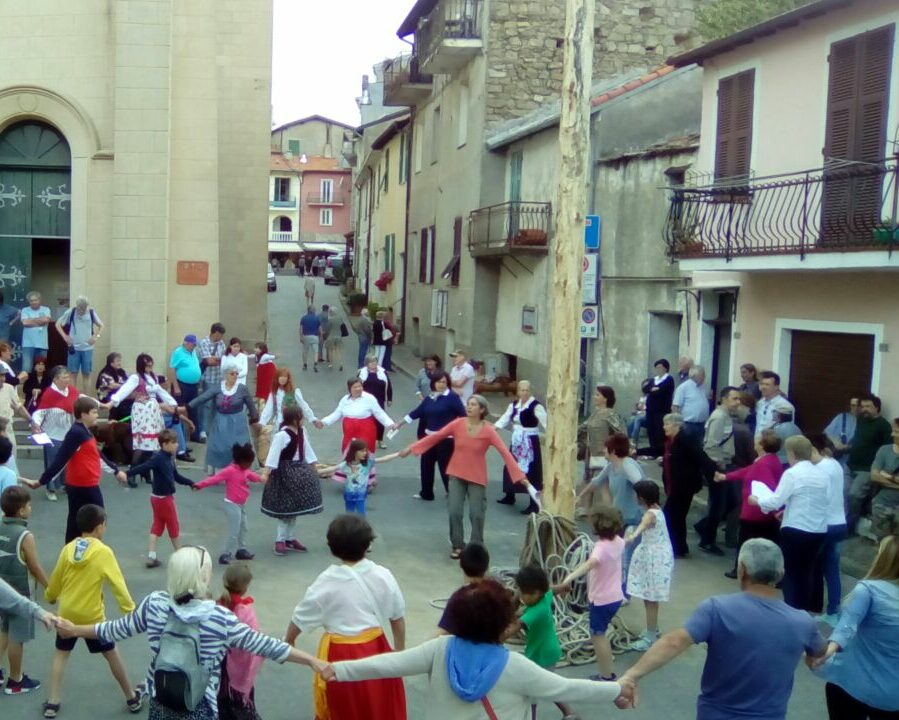
This is a pagan festival, unique throughout the province, that combines local history and ancient celebrations dedicated to the cycles of the land. The Bajardo Ra Barca is staged every year on Pentecost Sunday to recall the unfortunate story of the daughter of the local count, who was in love with a sailor from Pisa who arrived in Bajardo to obtain wood for the navy of the Maritime Republic. Opposed to the girl’s flight of love, her father condemned her to be decapitated. A macabre ending, recalled in the ritual in which a long pine trunk, representing the boat’s mast, is cut and brought to the centre of the town. A smaller branch is placed on the trunk to symbolise the head of the girl. Once the pine has been raised in the piazza, the inhabitants gather around the trunk, re-invoking the sad story with a dance and a song.
Laurel and coloured wafer
Every 20 January in Dolceacqua and Camporosso on the occasion of San Sebastiano, a laurel tree is carried in a procession. It has coloured communion wafers hanging from its branches, a custom linked to the cycles of the land which is looking toward the coming of Spring.
